Every now a then a version of a song is played so differently and uniquely that it stands in stark contrast to the existing body of work. Sometimes when this happens its because the band’s creative juices were extra hot and sometimes it is because it was quite simply an off night and the band flubbed it. The subject of this blog entry is the “Comes A Time” from 5/16/78 and I pose the question to you, my dear readers, was this version extraordinary or was it an off-night flub?
Side note. Astute readers may have noticed from my last post about 7/17/76 to this one, I have skipped over a couple amazing versions. Specifically, the versions from May of 1977 are awe inspiring and some of the best ever. If you are a fan, you already know about May ’77 and therefore I’m not putting my effort into an in-depth review. If May ’77 is not already embedded into you DNA, I suggest you check out 5/4/77 & 5/9/77. The latter being the Buffalo show that inspired me and ultimately brought forth this “listening to every version” project. Seriously, go listen to that Buffalo version. It is truly sublime.
Here is a handy link to 5/16/78 so you can listen while you read through my notes.
Phil is prominent in the intro of this version. His thumping base notes complement the guitar work nicely. Jerry’s voice immediately jumps out as hoarse. Putting this version in context of GD history, it’s easy to piece together that Jerry is fighting a bout of laryngitis that impacted his voice for quite a while. I think his croaky voice actually enhances the melancholy feeling of ”Comes A Time”.
The first chorus and verse are pretty standard. The somber words and gravelly lyric delivery set the mood. Bob is dropping his trademark harmonics at every turn. At 2:18, I hear the first “something different” when Jerry spontaneously adds “no” after he sings, “to cause so much pain, no-oo”. It’s a subtle addition but I don’t recall him including it into other versions. Pretty heartfelt, I thought. Everything continues as normal until it hits the middle solo section.
The solo begins at 3:20. The first line is typical, but the 2nd is not. Jerry plays with the melody and changes it somewhat, a slight turn of phrase that you can hear at 3:25. It a clever rearrangement and it sounds great. As the solo progresses it follows its normal flow but moves to finish kind of oddly, as if a bit flubbed, but it wraps up around 4:20 as normal. However, it actually doesn’t finish. Instead they go around again for a middle solo part two. I think this may be the only version where he takes a second pass. This time through, Jerry’s guitar tone changes to a distinctly more reverby and fuzzy sound. You can hear the first full on reverb line at 4:25 when he repeats the same phrase a few times and lets it ring out. As he goes through the second round, it is definitely more dramatic than the first. I’m left wondering if he was unhappy with his first attempt and wanted a redo or if he was just feeling it and kept going.
On to the post-solo chorus and verse section, he delivers them as tenderly as ever. His raspy voice exudes pain and despair. At 7:50 the ending solo begins. The reverb is back. Several riffs are played that remind me of a person in mourning. There are some rapid multi-note segments from 8:45-9:10 that are uncharacteristic of his phrasing and style in this song. Then it seems like he noticed he was a bit too trigger happy and does a complete 360 reversal and holds and plays around with, for the most part, the same 2 notes from 9:20 for the next 45 seconds and then finishes up.
This version is markedly different from every other version of the song and it makes me wonder what was actually happening. I’m not sure this goes down as a great version or a weak version.
I asked a fellow deadhead and good friend, Marcus Merrimanus, what he made of this version. His words, “Dude, I love you like a brother but you’ve gone too far with this project. Let me know when you are back on planet Earth.” Well, I’ll leave it to you, dear readers. Was this version brilliant or was it a near train wreck narrowly avoiding a derailment? Either way, I think this version is one worth listening to!

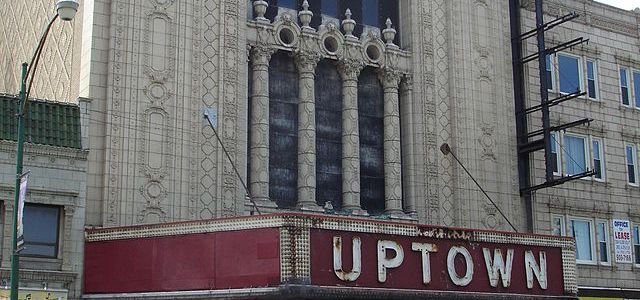
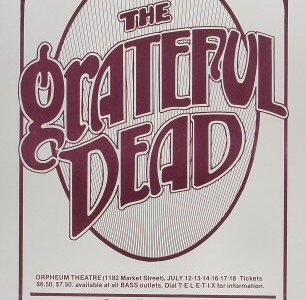
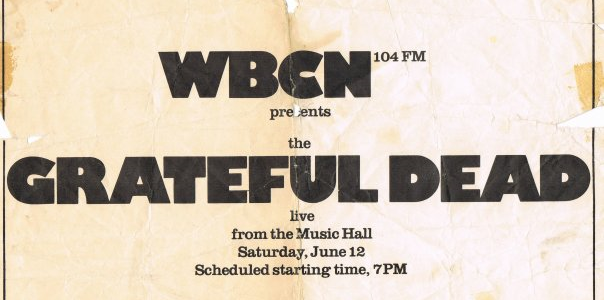
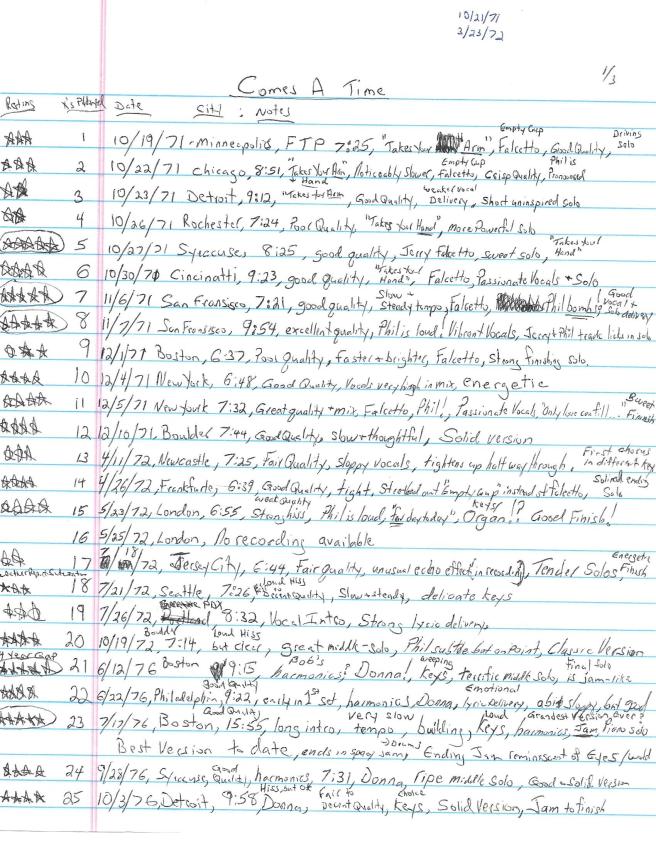
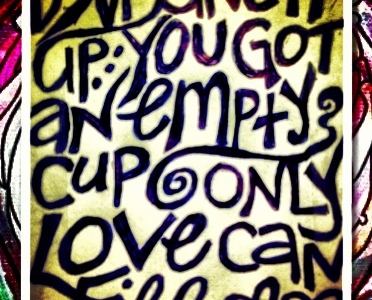

You must be logged in to post a comment.